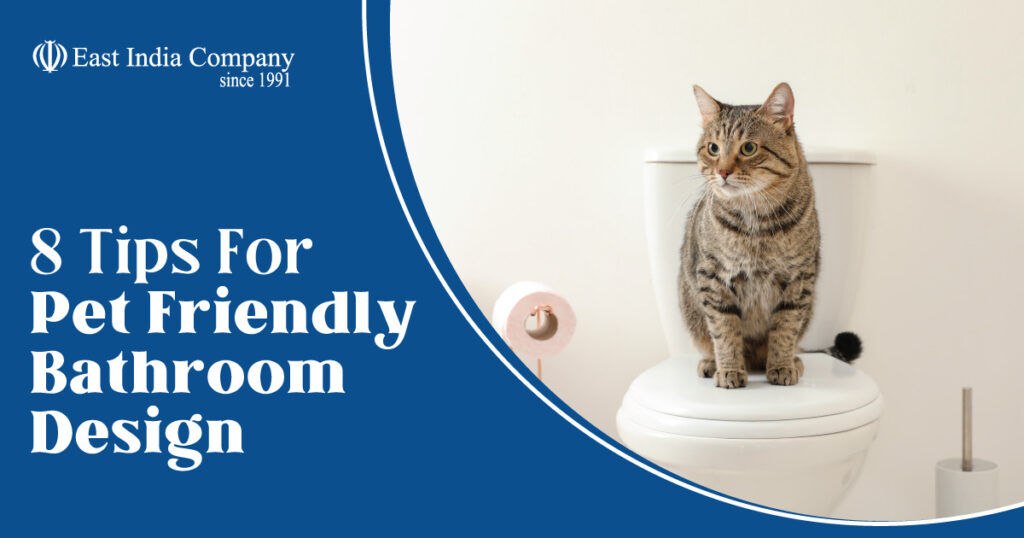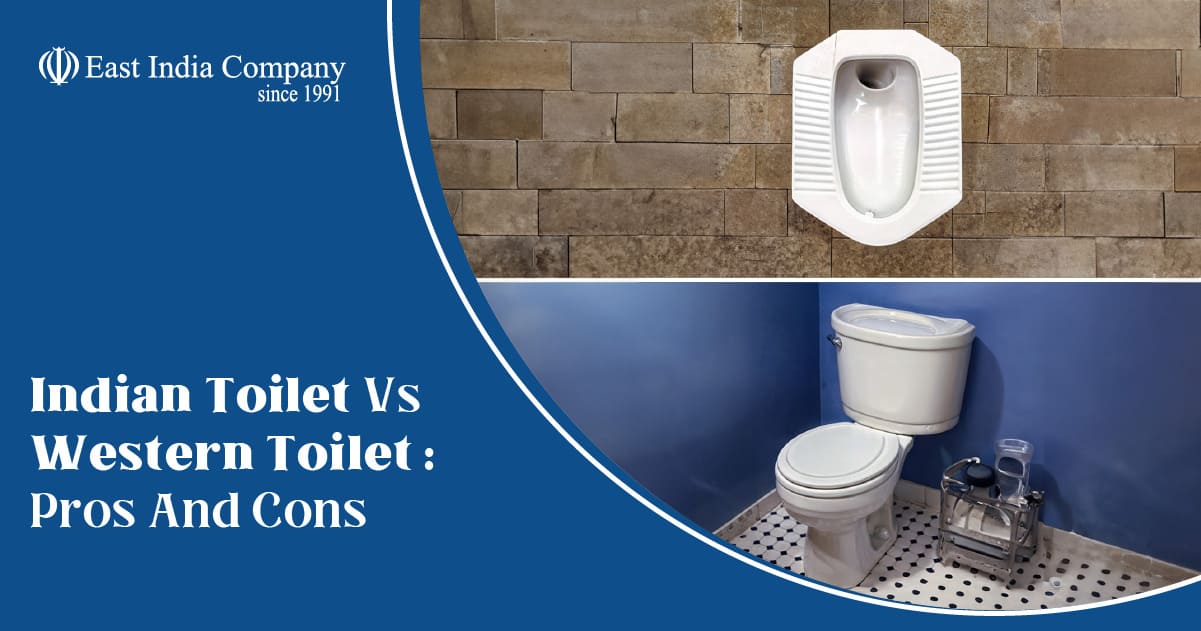Short Summary
Has your pet been tracking litter all over your bathroom? Do you dread bathing your fur buddy because it’s such a struggle? You can transform your bathroom into a pet-friendly space with simple design adjustments. From non-slip floors to discreet litter storage, learn tips to make your bathroom a safe and pleasant place for you and your pet.
Introduction
In India, pets are becoming part of the family in more and more households. As per estimates, there are over 10 million pets in India, with dogs and cats being the most popular choices. If you have a furry friend at home, it’s important to create pet friendly bathroom design that meets their needs.
While we focus on making our bathrooms stylish and comfortable for ourselves, they can often be hazardous, inconvenient, or simply unpleasant for our four-legged companions. Slippery floors, toxic cleaners within reach, lack of accessibility for litter boxes or washing areas, and more are some common issues pet owners face.
This Blog Will Provide Tips on:
1. Selecting non-slip, waterproof flooring
2. Creating easily accessible bathing spaces
3. Organising supplies and minimizing clutter
4. Controlling odors and ensuring ventilation
5. Pet-proofing the space and addressing safety issues
6. Discreetly managing litter boxes
7 Integrating style with pet-friendly functionality.. And more!Follow these comprehensive ideas to make your bathroom comfortable for the entire household – pets included.
By incorporating some thoughtful design elements and safety measures, you can transform your bathroom into a space that caters to both pets and humans.
8 Tips For Pet-Friendly Bathroom Design
Here are the 8 top pet-friendly tips, with problems and solutions provided. Read till the end; we have surprise bonus points, especially for you!
Tip 1: Choose Appropriate, Non-Slip Flooring

Problem:
Hard floors like tile, stone, and vinyl may be easier to clean but can be quite slippery for pets with wet paws who enter.
Solution:
- Opt for textured materials or install carpeting, rugs, or runners with rubber backings to improve traction and give your pet some grip.
- Waterproof vinyl, PVC flooring or even linoleum are also great choices as they are durable, low-maintenance, and safe for pets, avoiding accidents.
- You can also use non-slip mats or stickers in key high-traffic areas around litter boxes, food and water bowls, and bathing spaces.
Tip 2: Create an Accessible, Contained Bathing Area
Problem:
Bathing a struggling or anxious pet in a closed tub can be challenging for both you and your pet.
Solution:
- Walk-in showers with a hand shower make washing pets much easier.
- You can also install folding grooming tables or non-slip bath mats to allow your pets to sit or stand comfortably during baths.
- Adjustable shower heads, shallow steps leading into the shower, grab bars, or even a ramp can also help pets (and owners!) safely access the bathing area.
- Hinged shower doors contain splashes and make the space feel safe.
Tip 3: Effective Storage Solutions for Supplies
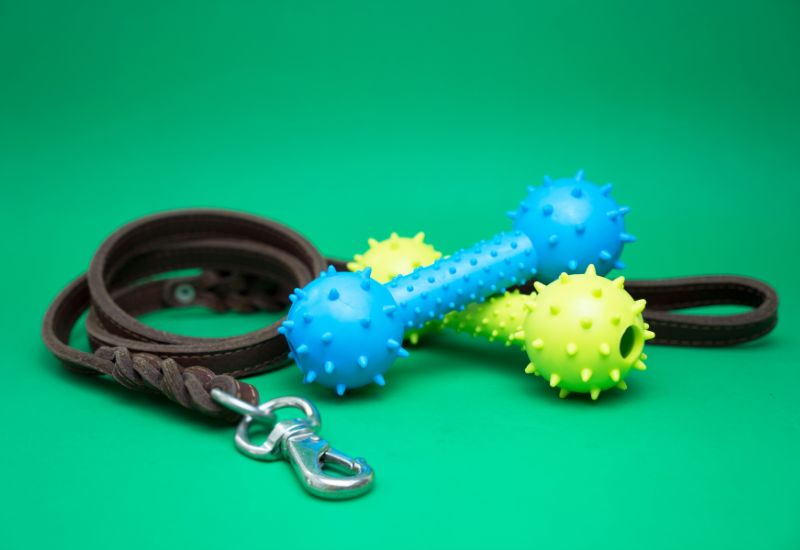
Problem:
Pets generally come with a lot of gear, including food bowls, grooming tools, medicines, toys, leashes, treats, and more.
Solution:
- Allocate some cupboards, shelves, or freestanding storage units to neatly organise these items.
- Enclose litter boxes in closets, cabinetry, or storage benches with swinging doors for discretion.
- Install child-safe latches on bathroom vanity units or medicine cabinets to prevent pets from being able to access medications and toiletries, which could be hazardous if ingested.
Tip 4: Control Odours Through Proper Ventilation
Problem:
Litter boxes and wet, dirty pets can create quite a stench.
Solution:
- Install exhaust fans and air purifiers to actively manage smells and maintain a pleasant aroma in the bathroom. Also, open windows regularly to facilitate airflow.
- Make sure to place litter boxes away from ventilation ducts throughout the home so any lingering smells from the litter don’t end up circulating through your entire house.
- Avoid using strong, overwhelming deodorizers and cleaning products, and opt for mild, pet-safe odor-eliminating solutions instead.
Tip 5: Pet-Proof the Space for Safety
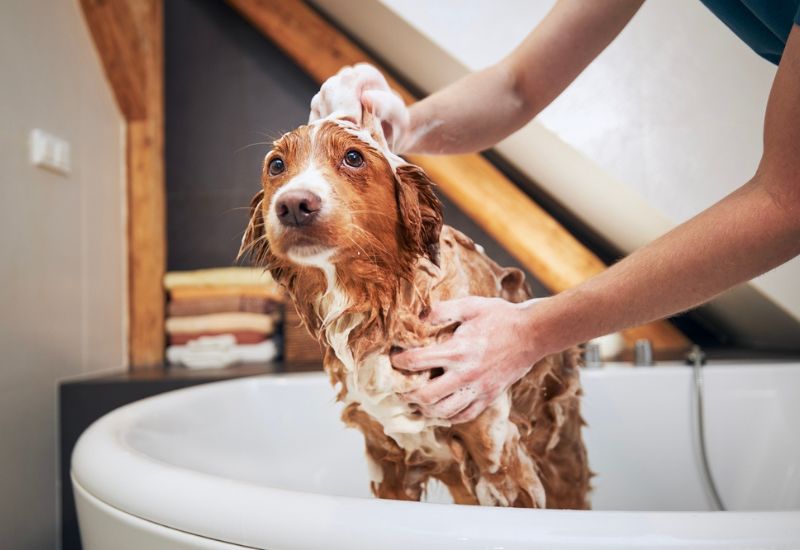
Problem:
Pets explore spaces with their mouth, paws and tails – and this can lead to accidental damage or injury.
Solution:
- Use corner guards and buffers so wagging tails or chasing cats don’t knock precious items off counters and shelving.
- Secure cabinets and vanities with child safety locks to prevent access.
- Cover electrical outlets near floor level so curious paws don’t get zapped.
- Place trash cans out of reach inside, reach inside, reach inside cupboards so dogs aren’t tempted to forage and make a mess.
- Remove any trip hazards like rugs, mats and power cords that they could potentially get tangled in or hurt themselves on.
Tip 6: Strategically Manage Water Splashes
Problem:
Pets tend to shake vigorously right after a bath or shower, spraying water everywhere.
Solution:
- Contain the mess and splashes by bathing them inside walk-in showers with hinged doors rather than shower curtains.
- You can also place super absorbent, quick-drying bathmats right outside the shower to soak up any splashes or spills.
- Whether it’s a puppy’s bath time antics or a water bowl getting toppled over, water on a slippery tile or vinyl floor can turn hazardous fast.
- Make sure to quickly wipe down the floors after baths or spills to prevent puddles and slippery spots.
- Keep towels handy around the bathroom for easy cleanup, too.
Tip 7: Discreetly Integrate Litter Boxes
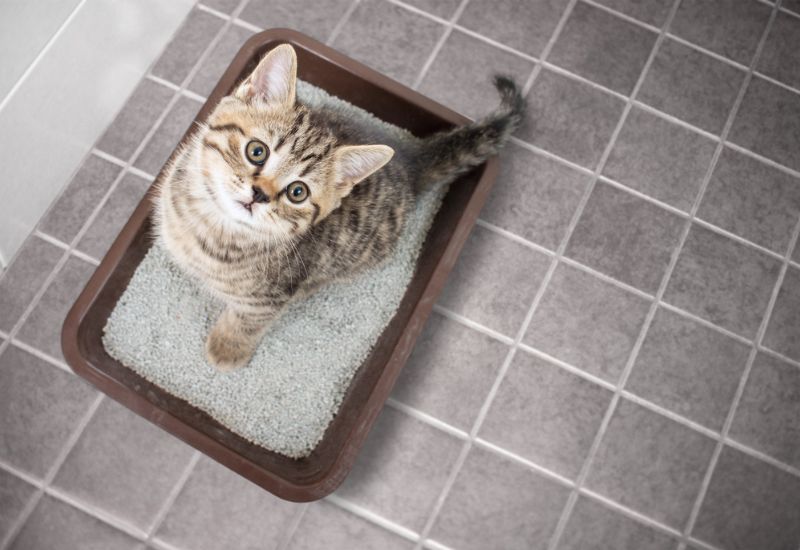
Problem:
Litter boxes nearby for feline family members can detract from your bathroom’s aesthetics and create unpleasant odours.
Solution:
To discretely integrate litter boxes into the bathroom:
- Install hidden litter box enclosures custom-built into cabinets, storage benches or under countertops.
- Place litter boxes in a closet area of the bathroom with a discrete swinging door.
- Keep litter boxes in an adjacent laundry room or mud room instead of the main bathroom.
Other Tips For Managing Litter Boxes:
- Use covered boxes to contain smells and prevent spraying or kicking litter outside the box.
- Add carbon filters to trap odours.
- Use litter deodorisers and replace them frequently.
- Scoop waste out daily to prevent smells.
Tip 8: Incorporate Stylish, Pet-Centric Design Elements
Problem:
A constant struggle to seamlessly integrate style with pet practicality when designing your bathroom.
Solution:
- Custom-built alcoves or benches placed near the shower can transition into a useful grooming station or feeding area when needed.
- Designer pet bowls, placemats, ceramic feeders, and accessories are now available can blend well with modern décor in greys, whites, and wood tones.
- Even modern enclosed litter boxes and faux plant pots are used to disguise litter areas.
Tip 9: Create Designated Pet Zones
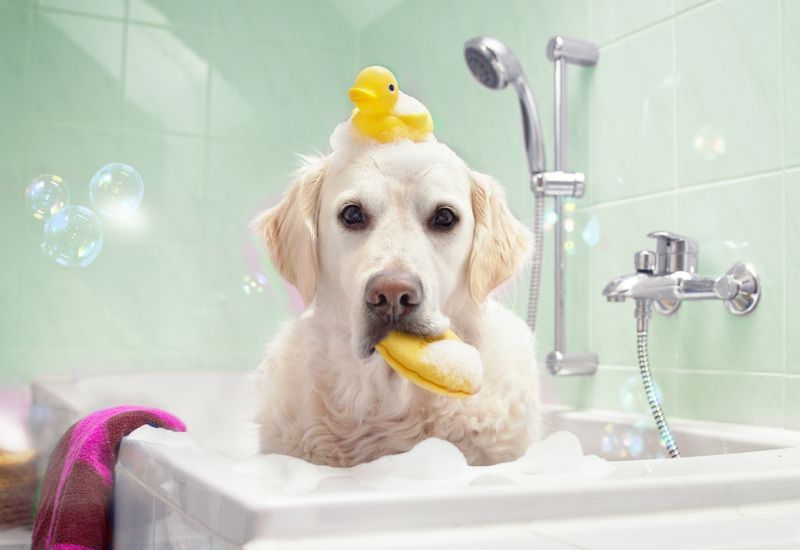
- Rather than expecting pets to conform to human standards, create designated areas catered to their needs.
- Simple additions like a wall-mounted water fountain, custom feeding station, indoor potty patch of fake grass, or stairs leading up to the bed look neat and show you’ve designed spaces just for your furry friends.
Tip 10: Non-toxic plants
Some common houseplants are poisonous if ingested by pets! Some pet-safe options include:
- Snake plant: Non-toxic and tough, with sword-shaped leaves.
- Pothos: A trailing vine that is difficult for pets to ingest.
- Peace lily: Toxic only if large quantities are eaten.
- Spider plant: Pet-friendly and helps clean indoor air.
- English ivy: Low toxicity and helps with humidity.
Buy Sanitaryware That is Also Good For Your Pet Buddies at East India Company!
At East India Company, we offer a wide range of sanitaryware options that are perfect for pet-friendly bathrooms. Our toilet suites are available in various sizes and have concealed cisterns that prevent pets from drinking from the toilet.
We have a collection of wall-hung vanity units with sturdy construction and drawers that can be locked safely. Our sinks are made of durable materials like vitrified stone that can withstand scratching and chewing. The rounded edges prevent injuries.
Accessories like towel rails, soap dispensers and mirrors are fixed robustly to withstand wear and tear caused by pets.
Visit our showroom to find stylish sanitaryware that meets your family’s needs, including your furry companions.
Conclusion
With some innovative planning and smart pet-centric design choices, you really can have a pet friendly bathroom design that looks beautiful, functions efficiently for all users, and meets your pet’s needs for safety and convenience.
By keeping accessibility, cleanliness, discretion, durability and style in mind, your bathroom can be a haven for both you and your furry companions. Get started transforming your bathroom into a pet-friendly space today!
If you are a pet mom or dad, comment below the tips you follow!
FAQs Related To Pet-Friendly Bathroom Design Tips
1). Which bathroom accessories are best for pets?
Non-slip mats and elevated water bowls help keep pets safe and their drinking water clean in the bathroom.
2). How do I bathe my pet safely in the bathroom?
When bathing pets, use a non-slip surface and gentle shampoo, and make it a positive experience with treats and praise. Have someone assist you with larger dogs.
3). How can I pet-proof the bathroom for safety?
Secure toilet lids, use cabinet locks and store chemicals up high or in locked areas to keep curious pets from ingesting anything dangerous. Remove breakable décor.
4). What surfaces hold up best to pet accidents?
Slip-resistant vinyl, tile, and stone floors withstand accidents best. Consider washable or replaceable rugs. Natural stone is durable but may stain from repeated accidents.
5). Is it okay to have plants when I have pets at home?
Most houseplants are non-toxic to pets, but keep them out of reach or use pet-safe plants if your pets are chewers. Monitor interactions just in case.

